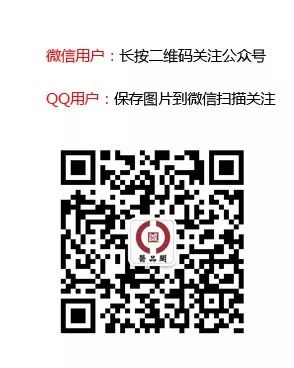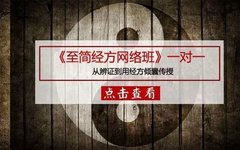

Why do we always feel that the “Shang Han Lun” is excellent, while the “Jin Kui Yao Lue” seems not as good?
Isn’t the “Jin Kui Yao Lue” a book by the Medical Sage Zhang Zhongjing?
In fact, both the “Shang Han Lun” and the “Jin Kui Yao Lue” were originally one book, namely the “Shang Han Za Bing Lun”, both authored by the Medical Sage Zhang Zhongjing.
The title of “Shang Han Za Bing Lun” is quite accurate, as it discusses the content of cold damage and miscellaneous diseases. The original book consists of sixteen volumes, with the first ten volumes discussing cold damage and the last six volumes discussing miscellaneous diseases.
Since the original text has been lost, the cold damage section was compiled and organized into a book by Wang Shuhe, the Grand Physician of the Jin Dynasty, titled “Shang Han Lun”.
Wang Shuhe collected the cold damage portion of the “Shang Han Za Bing Lun” but did not see the miscellaneous disease section; it wasn’t until the Northern Song Dynasty during the reign of Emperor Renzong that Hanlin Scholar Wang Zhu discovered a condensed version of the “Shang Han Za Bing Lun” in the remnants of the imperial library, titled “Jin Kui Yu Han Yao Lue Fang”, which consists of three volumes: the first volume discusses cold damage, the second volume discusses miscellaneous diseases, and the third volume contains formulas and treatments for gynecological diseases.
By the time of Emperor Shenzong’s Xining (1068 AD), Lin Yi and others revised it, removing the first volume and retaining the second and third volumes. For clinical convenience, the formulas from the third volume were categorized under various syndromes, still compiled into three volumes.
Additionally, they collected various medical formulas from other texts that cited Zhang Zhongjing’s treatments for miscellaneous diseases and some effective prescriptions from later physicians, which were appended at the end of each section, still named “Jin Kui Fang Lun”, which is now referred to as “Jin Kui Yao Lue” or simply “Jin Kui”.
The earlier cold damage section is called “Shang Han Lun”; if the later miscellaneous disease section were to be named similarly, it would be called “Za Bing Lun”, making the issue clearer.
In summary, the difference between the two lies in their certainty. The “Shang Han Lun” has better certainty, while the “Jin Kui Yao Lue” does not have the same level of certainty.
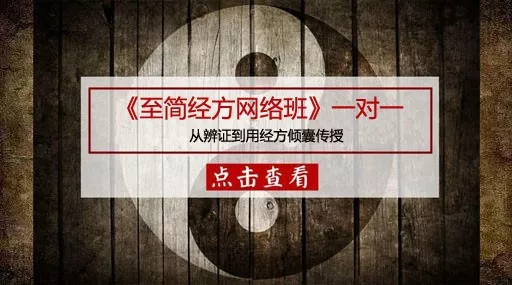
This difference is precisely due to the difference in the subjects of study, namely the distinction between cold damage and miscellaneous diseases, which corresponds to the difference between external pathogenic diseases and internal injuries, as well as the difference between acute and chronic diseases.
1
For Taiyang wind stroke, Yang is floating and Yin is weak. Yang floating indicates heat is self-generated; Yin weakness indicates sweating occurs spontaneously. If there is aversion to cold, aversion to wind, fever, nasal congestion, and dry retching, the prescription is Gui Zhi Tang (Cinnamon Twig Decoction). (12)
For Taiyang disease, with headache, fever, body aches, lumbar pain, joint pain, aversion to wind without sweating and wheezing, the prescription is Ma Huang Tang (Ephedra Decoction). (35)
The above two lines are from the “Shang Han Lun”; using them according to the text will yield definite therapeutic effects. Most of the lines in the “Shang Han Lun” have confirmed efficacy. In other words, the certainty of the “Shang Han Lun” is very good; only with certainty can there be confirmed efficacy.
For deficiency labor and insomnia, the prescription is Suan Zao Ren Tang (Sour Jujube Decoction). (Blood Bi Deficiency Labor Disease Chapter 17)
For difficulty in urination, the prescriptions are Pu Huai San (Cattail Pollen Powder), Hua Shi Bai Yu San (Talc and White Fish Powder), and Fu Ling Rong Yan Tang (Poria and Salt Decoction). (Xiao Ke Difficulty in Urination and Lin Disease Chapter 11)
The above two lines are from the “Jin Kui Yao Lue”; using them according to the text does not guarantee effectiveness.
For deficiency labor and insomnia, the prescription of Suan Zao Ren Tang may not necessarily be effective. Why?
Because deficiency labor and insomnia can have multiple patterns, meaning that Suan Zao Ren Tang only addresses one of many patterns of deficiency labor and insomnia and cannot cure all cases.
Moreover, the specific conditions that Suan Zao Ren Tang can effectively treat are not clearly stated by Zhang Zhongjing in the text.
For difficulty in urination, the prescriptions of Pu Huai San, Hua Shi Bai Yu San, and Fu Ling Rong Yan Tang may not be effective most of the time.
This is because there are many causes of difficulty in urination; merely having difficulty in urination does not determine the treatment plan, so using these formulas is often ineffective.
2
For chest obstruction and heart distension, with Qi stagnation in the chest, fullness in the chest, and counterflow in the hypochondrium, the prescriptions are Zhi Shi Xie Bai Gui Zhi Tang (Bitter Orange, Garlic, and Cinnamon Twig Decoction) and Ren Shen Tang (Ginseng Decoction). (Chest Obstruction and Heart Pain Shortness of Breath Disease Chapter 5)
In the “Jin Kui Yao Lue”, this format of text is also common, such as “For patients with fluid retention, induce sweating; the prescription is Da Qing Long Tang (Major Blue Dragon Decoction), and Xiao Qing Long Tang (Minor Blue Dragon Decoction) also applies”.
Clearly, Zhi Shi Xie Bai Gui Zhi Tang and Ren Shen Tang are not the same.
Although both formulas can be used to treat chest obstruction, they are certainly not equivalent; if they were the same type of chest obstruction, using these two formulas according to the text would not yield the same efficacy.
This is a manifestation of uncertainty. Imagine if Zhang Zhongjing could confirm that one formula was the best for a certain syndrome, he would not need to use another formula to say “also applies”.
There are many similar lines in the “Jin Kui Yao Lue”.
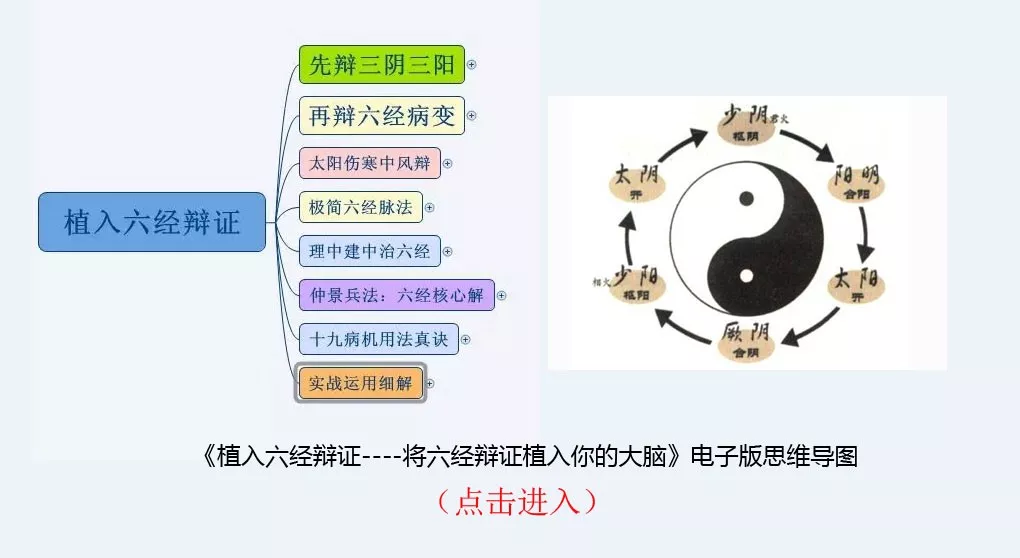
3
Through the above comparisons, the differences are very clear.
Most of the formulas and patterns in the “Shang Han Lun” have confirmed efficacy; many of the formulas and patterns in the “Jin Kui Yao Lue” have uncertain efficacy.
Why is this so?
It is because the “Shang Han Lun” studies cold damage, which is an external pathogenic disease; the “Jin Kui Yao Lue” studies miscellaneous diseases, which are internal injuries and miscellaneous diseases.
External pathogenic diseases generally have a short course, and the righteous Qi is usually not deficient, with the evil Qi being predominant, making the condition simple and the identification of patterns easy. As long as the evil Qi is expelled, the disease will be cured, making treatment easier and the effects certain.
Internal injuries and miscellaneous diseases have a long course, often with both evil Qi and righteous Qi being deficient, making the condition complex and the identification of patterns difficult. Treatment cannot be simplified and must consider all aspects; even if the pattern is accurately identified and the treatment is correct, the efficacy will not be immediate, as the recovery of righteous Qi requires time, and the support of righteousness and expulsion of evil will influence each other.
Simply put, the course of external pathogenic diseases is generally one day or a few days, while the course of internal injuries and miscellaneous diseases can last for months, years, or even decades, so the difficulty of treatment is certainly different. Therefore, Wu Ju Tong said, “Treating external pathogens is like commanding an army; treating internal injuries is like consulting a doctor”.
For example, for the early stage of external cold evil, Taiyang cold damage, using Ma Huang Tang, the efficacy is certain; most of the time, one dose can induce sweating and alleviate the disease. If acute enteritis presents as a pattern of Ge Gen Qin Lian Tang (Kudzu, Scutellaria, and Coptis Decoction), using Ge Gen Qin Lian Tang can generally cure it within three doses, which is not inferior to Western medicine’s antibiotic treatment.
However, for chronic nephritis, some patients may not improve regardless of how long you treat them; even those who can be cured will require years of treatment, and this is true for both Traditional Chinese Medicine and Western medicine; no one can achieve faster results.
4
Thus, the difference between the “Shang Han Lun” and the “Jin Kui Yao Lue” is caused by the difference in their subjects of study, not by Zhang Zhongjing’s lack of skill.
Although we feel that the “Jin Kui Yao Lue” is not as good as the “Shang Han Lun”, it is still the best book for treating miscellaneous diseases to this day.
Many people believe that the formulas in the “Shang Han Lun” can treat all diseases, including miscellaneous diseases; this is certainly true, but it must be made clear that the primary role of the cold damage formulas is to treat cold damage, while treating miscellaneous diseases is a secondary role. Using the formulas from the “Shang Han Lun” to treat miscellaneous diseases will certainly not be as effective as using them to treat cold damage.
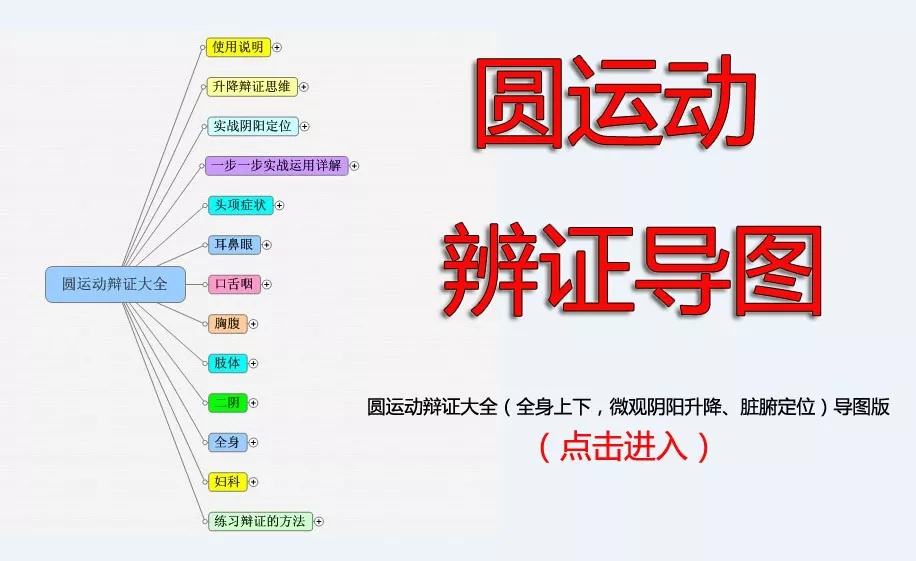
5
Appendix
Examples of lines in the “Jin Kui Yao Lue” with less certainty are as follows:
Blood Bi Deficiency Labor Disease Pulse and Syndrome Treatment Chapter 6:
For deficiency labor and insomnia, the prescription is Suan Zao Ren Tang. (17)
Chest Bi Heart Pain Shortness of Breath Disease Pulse and Syndrome Treatment Chapter 9:
For chest obstruction and heart distension, with Qi stagnation in the chest, fullness in the chest, and counterflow in the hypochondrium, the prescriptions are Zhi Shi Xie Bai Gui Zhi Tang and Ren Shen Tang. (5)
For chest obstruction with Qi stagnation, shortness of breath, the prescriptions are Fu Ling Xing Ren Gan Cao Tang and Ju Zhi Jiang Tang. (6)
Phlegm and Fluid Cough Disease Pulse and Syndrome Treatment Chapter 12:
If shortness of breath has slight fluid retention, it should be treated with Ling Gui Zhu Gan Tang, and Shen Qi Wan also applies. (17)
For patients with fluid retention, induce sweating; the prescription is Da Qing Long Tang, and Xiao Qing Long Tang also applies. (23)
Diabetes with difficulty in urination, the prescriptions are Pu Huai San, Hua Shi Bai Yu San, and Fu Ling Rong Yan Tang. (11)
Water Qi Disease Pulse and Syndrome Treatment Chapter 14:
For internal water, the prescription is Yue Bi Jia Zhu Tang; Gan Cao Ma Huang Tang also applies. (25)
Jaundice Disease Pulse and Syndrome Treatment Chapter 15:
For all types of jaundice, the prescription is Zhu Gao Fa Jian. (17)
For jaundice disease, the prescription is Yin Chen Wu Ling San. (18)
For fright, vomiting, and blood in the chest, the prescription is Gui Qu Shao Yao Long Gu Mu Li Shu Qi Tang. (12)
For heart palpitations, the prescription is Ban Xia Ma Huang Wan. (13)
For persistent vomiting of blood, the prescription is Bai Ye Tang. (14)
For insufficient heart Qi, vomiting blood, and nosebleeds, the prescription is Xie Xin Tang. (17)
For vomiting, retching, and diarrhea, the treatment is as follows:
For all types of vomiting, if food cannot go down, the prescription is Xiao Ban Xia Tang. (12)
For women with pregnancy disease pulse and syndrome treatment Chapter 20:
The Master said: If a woman has a flat pulse, the Yin pulse is weak, and she is thirsty and cannot eat, without cold or heat, it is called pregnancy; the prescription is Gui Zhi Tang. According to the law, this syndrome should appear within sixty days; if there is a physician who treats it contrary to this, it will be aborted. (1)
For pregnancy with persistent vomiting, the prescription is Gan Jiang Ren Shen Ban Xia Wan. (6)
Appendix: Seven-Character Verse of Shang Han and Jin Kui
Seven-Character Memory Method for “Shang Han Lun” (1)
If you open the book, do not rush; physicians value cultivation. The sage’s original sequence is to read through, especially knowing the physician’s heavy responsibility. Taiyang’s basic syndrome is three parts of the tripod; wind stroke and cold damage are light in the exterior. For wind stroke with exterior deficiency, Gui Zhi Tang is appropriate; for spontaneous sweating, it is also suitable. Remember the three prohibitions of Gui Zhi; exterior excess, interior heat, and damp heat. If there is also discomfort in the Taiyang channel, add Ge Gen Tang as the main prescription. When patients wheeze, it is hard to endure; add Hou Po and Xing Ren. For Yang deficiency with sweating, Gui Zhi plus Fu Zi is not to be restrained. If chest Yang is not strong due to misapplication, remove Shao Yao from Gui Zhi to conquer. If misapplication injures chest Yang, remove Shao Yao and add Fu Zi Tang. Excessive sweating injures Qi and Ying, Gui Zhi Xin Jia Tang can be used. For cold damage with exterior excess, Ma Huang Tang is essential; do not forget the eight patterns of Ma Huang. If wheezing and fullness in the chest occur, it is not advisable to purge; use Ma Huang. Remember the ten prohibitions of Ma Huang clearly; for all deficiencies, use the heart clearly. If there is also discomfort in the Taiyang channel, Ge Gen Tang can be used to treat it quickly; for Yangming combined diseases, if there is diarrhea, it is not beneficial; if there is only vomiting, add Ban Xia. For exterior cold and interior heat, use Da Qing Long Tang; for internal stagnation of water, use Xiao Qing Long Tang. For exterior stagnation and light symptoms, use Ge Gen Er Ma Tang; for Gui Zhi, use two parts of Ma Huang and one part of light sweating. For Taiyang evil stagnation and light interior heat, use Gui Zhi Er Yue Bi Tang. For heat disturbing the chest, use Zhi Shi and Chi Shao Tang; if there is also vomiting, add Sheng Jiang; for shortness of breath, add Zhi Gan Cao. For heat obstructing the chest, use Zhi Zhi; for heat obstructing Qi and blood, use Zhi Zhi. For Zhi Zi and Hou Po, if there is fullness in the abdomen, use Zhi Gan Jiang. If the patient has a history of slight diarrhea, do not give Zhi Zhi Tang.
Seven-Character Memory Method for “Shang Han Lun” (2)
Sweating and purging evil heat obstructing the lungs can be treated with Ma Xing Gan Shi Tang. For Yangming heat excess injuring Qi and Yin, Bai Hu Tang plus Ren Shen is used. For internal heat combined with exterior heat, Ge Gen Huang Qin Huang Lian Tang is used. For Tai Shao combined diseases, if there is diarrhea, use Huang Qin Tang to stop the diarrhea; if there is vomiting, add half raw ginger, the ancestor formula for treating dysentery. For injury to heart Yang, use Gui Gan Tang; for restlessness, use Gui Gan Long Mu Tang; if fire consumes sweat and injures heart Yang, use Long Mu to rescue the reverse. For running piglet, add Gui Zhi plus Gui Tang; if you want to make Ling Gui Cao Jiao Tang. For spleen and stomach Qi deficiency with water Qi, use Ling Gui Zhu Gan Tang. For internal water stagnation and menstrual discomfort, add Gui Zhi and remove Gui to add Ling Zhu. For spleen deficiency and Qi stagnation with abdominal distension, use Po Jiang Ban Xia Cao Ren Shen. For internal deficiency and cold damage with heart palpitations and restlessness, Xiao Jian Zhong Tang can quickly calm. For both exterior and interior cold, use Gui Zhi Ren Shen Tang to expel disease. For kidney Yang deficiency with restlessness, Gan Jiang and Fu Zi can treat the disease without danger.
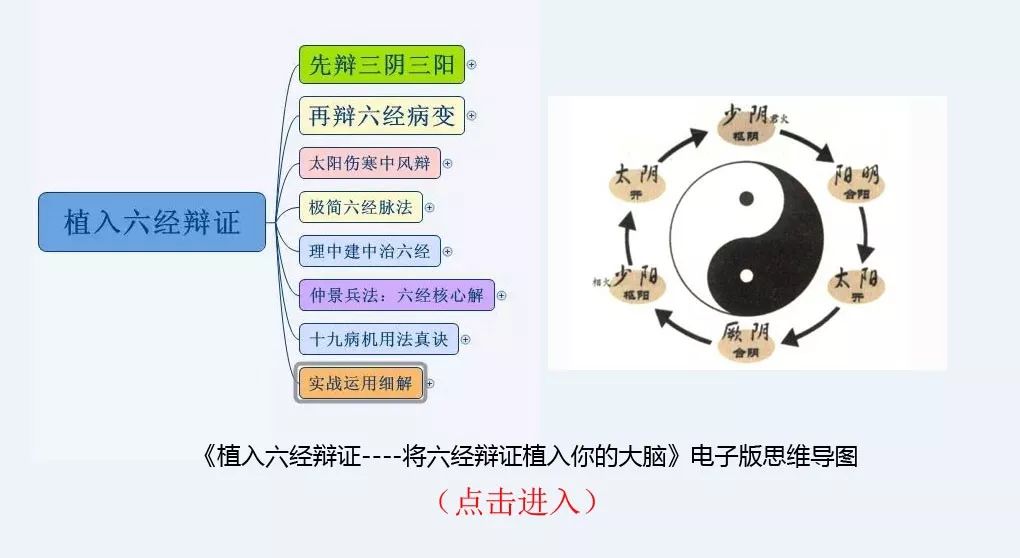
Yin and Yang both deficient lead to restlessness; Fu Ling Si Ni is effective. For Yang deficiency with water retention, use Zhen Wu Tang; Gan Cao and Gan Jiang first restore Yang. For Yin deficiency, Shao Yao and Gan Cao Tang can be used; for both Yin and Yang deficiency, add Fu Tang. For both Yin and Yang deficiency in the heart, with palpitations and irregular pulse, use Zhi Gan Cao Tang. For water retention, use Wu Ling San; if there is no thirst in the middle jiao, use Ling Cao An. For light blood retention, use Tao Cheng Qi; for heavy cases, use Di Dang Tang. For slow cases, use Di Dang Wan; for severe cases, use strong medicine to eliminate the disease. For heat excess in the chest, use Da Xian Xiong Tang; for chest obstruction, remember the three patterns. For small chest obstruction, use Xiao Xian Xiong; for cold excess, use Bai San Tong. For heat distension, use Xie Xin Tang; for Fu Zi and Xie Xin combined with Yang deficiency. For mixed cold and heat, use Ban Xia Xie Xin for patients to recover. For stomach deficiency and inability to transform, use Sheng Jiang Xie Xin to start. For spleen and stomach Qi deficiency with severe distension, use Gan Cao Xie Xin as usual. For hardness and continuous distension in the heart, this is the reason. Wu Ling San can treat water distension; Xuan Fu Dai Zhe can treat phlegm and Qi distension. For heat in the upper and cold in the lower, use Huang Lian Tang; for half a decoction, remove Qin and add Gui. Taiyang is similar to dividing into two; use Shi Zao Tang and Gua Di San.
Seven-Character Memory Method for “Shang Han Lun” (3)
Yangming basic syndrome is heat and excess; there is also middle cold that is easily overlooked. Heat remains in the chest, use Zhi Zi and Chi Shao; Taiyang and Yangming treat the same. For both exterior and interior heat, use Bai Hu Tang; for heavy heat, Yangming combined with three Yang. For excessive heat injuring fluids, add Ren Tang; remember the prohibitions of Shang Han. For fluid injury and heat mutually obstructing, use Yu Yin Qing Li Zhu Ling Tang. For Yangming excess, use San Cheng Qi; remember to differentiate between moistening and guiding. For dryness and heat internally obstructing, use Tiao Wei Cheng Qi for dryness and excess. For distension and fullness, use Xiao Cheng Qi; for distension and dryness, use Da Cheng Qi. For Da Cheng Qi, use three urgent purges; for excess, dryness, and internal injury, use moistening. For moistening and guiding, use Ma Ren Wan; for external use, honey-fried Tu Gua Dan. For invisible evil heat and virtual cold, Yangming’s downward method must be cautious. If there is a change in color and blood heat, use Yin Chen Tang for damp heat. For no sweat in the exterior, induce sweating with Ma Huang Lian Qiao Chi Xiao Dou. For solid heat in the interior, use Yin Chen Tang; for no exterior and no interior, use Zhi Bai Pi. For heat entering the blood chamber, use Di Dang Tang; for blood retention, still use Di Dang Tang. For middle cold and vomiting, use Wu Zhu Yu; for heat in the upper, the disease worsens. For dry throat, dizziness, and bitter mouth, use Shao Yang’s basic syndrome, Xiao Chai Hu. For spleen deficiency with cold dampness and cold drinks, Xiao Chai Hu Tang should be avoided. For Shao Yang combined with the exterior, use Chai Gui Tang; if there is interior excess, use Da Chai Hu. For interior excess, misapplication should first use Chai Hu; after Chai Hu, use Mang Xiao without error. For internal excess, use Chai Gui Jiang; for liver Qi stagnation and thirst with loose stools, use Ban Xia and Gan Cao. For restlessness, use Chai plus Long Mu for peace. For heat entering the blood chamber, it is the same as Yangming; for cold and heat, it is like malaria, Chai Hu is the cause.
Seven-Character Memory Method for “Shang Han Lun” (4)
Taiyin basic syndrome is four reversals; if combined with the exterior, still use Gui Zhi Tang. For abdominal pain, add Shao Yao Tang; for severe pain, add Da Huang. For Shaoyin basic syndrome, differentiate between cold and heat; for cold transformation, use Si Ni Tang. For Yin excess and Yang disease, use Tong Mai Si Ni with heavy Gan Jiang. For Yin excess and Yang deficiency, add Bai Tong Tang; for Yang deficiency and water retention, use Zhen Wu Tang. For Yin excess and Yang deficiency, use Wu Zhu Yu Tang; for deficiency and cold diarrhea with pus and blood, use Huo Po and Bai San. For Yin deficiency and Yang excess, use Zhi Yin Qing Huo Tang; for Yin deficiency and heat with diarrhea, use Zhu Ling Tang. If combined with the exterior, use Ma Xi and Fu Zi Tang; for light cases, use Ma Fu Gan Cao Tang. For three urgent purges, use Cheng Qi Xie; for dryness and excess, burn fluids and deplete true Yin. For fire burning and fluids drying, the earth is solid and water is depleted, causing intestinal obstruction. For liver and stomach Qi stagnation and Yang depression, Si Ni San is effective. For Yin deficiency and throat pain, use Zhu Fu Tang; for guest heat, use Gan Cao and Jie Geng. For throat injury and ulceration, use bitter wine; for guest cold, use Ban Xia San and Tang. For Jue Yin and roundworm, use Wu Mei Wan; for upper heat and lower cold, look at the overall situation. For mixed cold and heat, if food enters, vomit; use Gan Jiang, Qin Lian, and Ren Shen Tang. For true deficiency and Yang depression, use Ma Huang and Sheng Ma Tang.
Seven-Character Memory Method for “Shang Han Lun” (5)
Invisible heat stagnation and Jue Yin, Yin excess and cold Jue Yin are the main treatments. For blood deficiency and cold coagulation in the limbs, use Dang Gui Si Ni Tang. For blood deficiency and cold coagulation with internal cold, add Wu Yu and Sheng Jiang for peace. For phlegm and food causing Jue Yin, use Gua Di San; for water retention, use Fu Ling Gan Cao warm. For Jue Yin heat and diarrhea, use Xiao Cheng Qi; for excess heat, use Xiao Cheng Qi. For Yin excess and Yang deficiency, still use Tong Mai and Si Ni. For liver cold invading the stomach, use Wu Zhu Yu Tang for headache. For Yang deficiency and Yin excess, with weak pulse, Si Ni Tang can treat the Jue Yin. For cholera with loss of Yang and liquid, use Si Ni Tang plus Ren Shen. For external expulsion and internal benefit, use Wu Ling San; for warming the middle and dispelling cold, use Li Zhong Wan. For cholera with internal harmony and unresolved exterior, use Gui Zhi Tang for slight harmony. For vomiting and diarrhea with loss of Yang, use Si Ni Tang; for internal cold and external heat, treat accordingly. For vomiting and diarrhea with Yin depletion and Yang loss, use Tong Mai Si Ni Tang. For labor recovery, use Zhi Zhi and Zhi Zhi; if there is further fever, use Xiao Chai Hu. If there is water retention below the waist, use Mu Li and Ze Xie for remarkable effects. For residual heat, use bamboo leaves and gypsum decoction. For excessive salivation and dry mouth, use Gui Ling Wu Wei Gan Cao to dispel. For water retention with heat, use bitter cold to drain heat.
(Copyright Notice: The article is sourced from the internet, and we share articles and images from the internet. The copyright belongs to the original author and source. Any prescriptions or formulas mentioned in the text are for reference and learning purposes only and should not be used as a basis for medical diagnosis. Please do not use them blindly, and this platform does not bear any responsibility for any consequences arising from this!)
If this article has helped you
Please scan the QR code to reward,as you wish

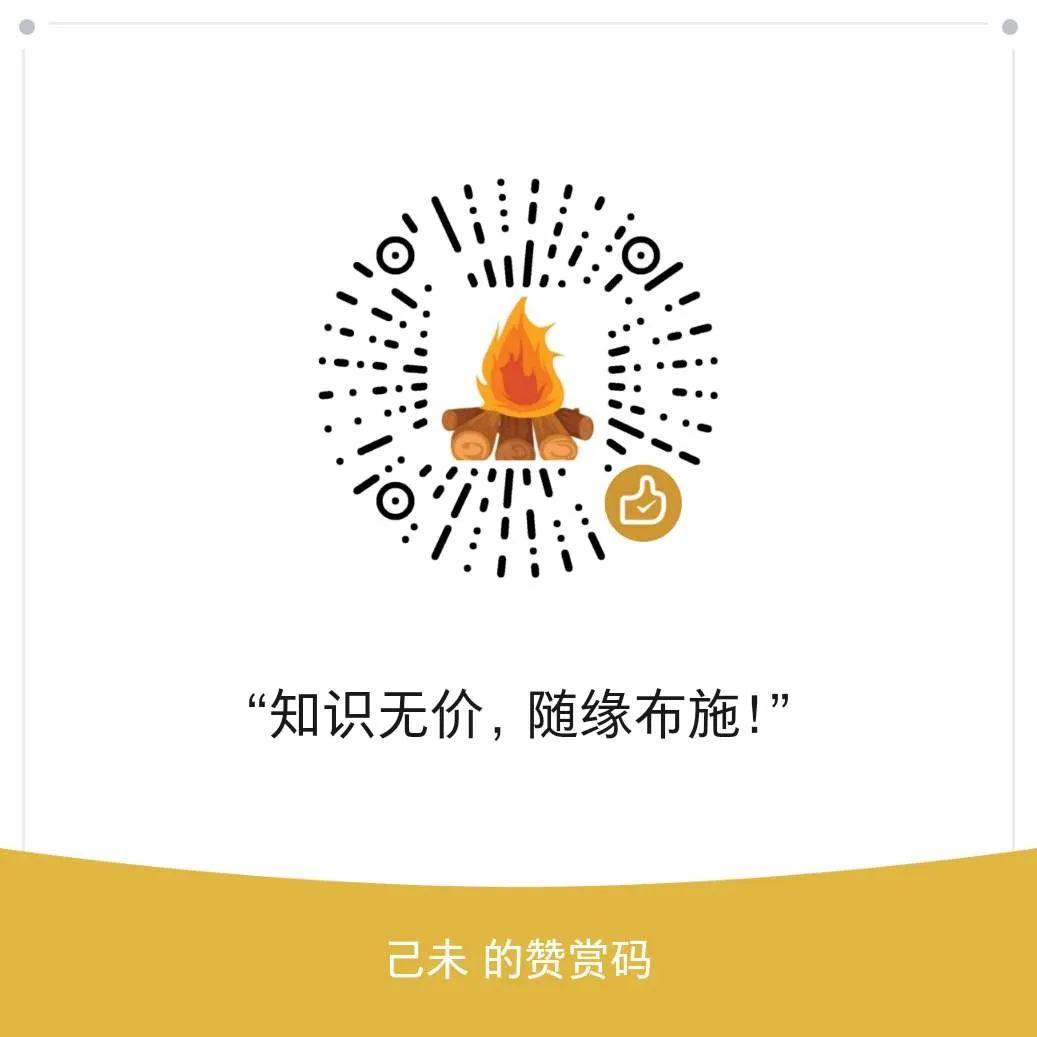
Original Articles for Further Reading:
Six Meridians and Six Layers of Vital Energy Restoration Power! (Complete Explanation of Self-Healing Energy) —> Click to Read
Six Meridians and Six Major Disease Locations — Taiyang Meridian Disease Location! (This article comprehensively explains the Taiyang Meridian) —> Click to Read
Six Meridians and Six Major Disease Locations — Yangming Meridian Disease Location! (Crucial for Treating Damp Heat) —> Click to Read
Six Meridians and Six Major Disease Locations — Shaoyang Meridian Disease Location! (A small Xiao Chai Hu Tang conquers all) —> Click to Read
Six Meridians and Six Major Disease Locations — Three Yin Cold Evil Disease Locations! (Understanding the Last Article of Shang Han) —> Click to Read
True Transmission in One Sentence: Traditional Chinese Medicine Treats Diseases with Three Points: Qi Transformation, Expulsion of Evil, and Clearing Heat —> Click to Read
True Transmission in One Sentence: All Heat Syndromes Are on the Middle Line! —> Click to Read
True Transmission in One Sentence: What is the Most Core and Important Aspect of Pattern Differentiation? —> Click to Read
True Transmission in One Sentence: How to Differentiate When Symptoms Are Numerous? —> Click to Read
Comprehensive Explanation of Insomnia! (Differentiation of Pathogenesis + Core Ideas for Stabilizing Yang) —> Click to Read
Comprehensive Explanation of Cervical Spondylosis! (Classical Treatment Methods + Secret External Treatments) —> Click to Read
Comprehensive Explanation of Toothache! (Shang Han Thinking, Pathogenesis Differentiation, Classical Formula Symbolism) —> Click to ReadComprehensive Explanation of Fever! (Pathogenesis Differentiation of Shang Han, Internal and External Treatment Methods) —> Click to Read
Comprehensive Explanation of Headache! (Learning the Key Points of Differentiation) —> Click to Read
Two Sets of Traditional Chinese Medicine Courses (Internal and External Treatment):
“The Simplest Classical Formula Online Class” One-on-One, from Differentiation to Using Classical Formulas, Fully Taught!!! (Click to Enter)
“Hands-On Traditional Chinese Medicine” Can Treat Diseases Without Any Foundation!!! (One-on-One Teaching) (Click to Enter)
Four Sets of Traditional Chinese Medicine Mind Maps:
“Embedding Six Meridians Differentiation” —- Embedding Six Meridians Differentiation into Your Brain Electronic Version Mind Map (Click to Enter)
“Self-Learning Traditional Chinese Medicine to Treat Diseases” Self-Service Integrated Mind Map Set (Click to Enter)
“Yin-Yang One Principle for Treating Diseases” (Returning Complex Traditional Chinese Medicine to the One Principle) (Click to Enter)
“Round Motion Differentiation Comprehensive Guide” (Whole Body, Microcosmic Yin-Yang Ascending and Descending, Organ Positioning) Mind Map Version (Click to Enter)
To learn more about Traditional Chinese Medicine, scan and save the QR code below to follow the public account:
